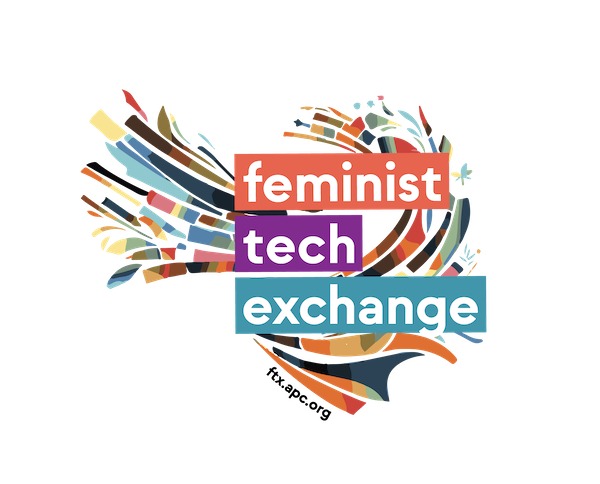This theme is to explore the gaps between different international
conventions and documents that address women’s rights and communication
rights, and how we can find connections for policy advocacy. For
example:
- How can we use the Convention on the Elimination of all forms of
Discrimination Against Women (CEDAW) particularly through Section 5
that deals with sex role stereotyping and prejudice, or Section J of
the Beijing Platform for Action that deals with women and the media, to
hold governments accountable for national action plans that is
conscious of gender in the media and ICTs? How can we make this
connection through surfacing the link between ICTs and VAW? - How have ICTs and the debate around information societies through
ICTs dealt with the issue of gender? Who is involved, and where is the
primacy of women’s rights in its deliberations? Particularly in light
of the World Summit on Information Society that is happening in Tunis
in November this year, and the regional preparatory meetings that is
currently underway, are women’s rights advocates even aware of these
global platforms and events? What is the level of engagement? If there
is a gap, why? - What about the Millenium Development Goals (MDGs)? Do they
address the connections between development, poverty, information and
VAW? Are they sufficient? With the seemingly narrowing of civil society
spaces in global processes and platforms, as well as the emphasis on
MDGs, how would this affect women’s movements that work on VAW issues
as well as media and communcations, with particular attention to the
dimension of ICTs? - What kinds of recommendations can we make in relation to our
different engagement with these different processes, instruments and
platforms that is able to vocalise and suface a solid and urgent need
for connecting ICTs, media and communications with VAW?
Responses to this post
This is a summary of the discussion on Theme II, which aimed to explore global policy processes that could be used to intervene on the issue of VAW & ICTs.
To recap some of the points raised:
* ICANN (the internationally organised, non-profit corporation that manages the technical aspects of the world wide web - http://www.icann.org/) has decided that a specific domain (.xxx) is given for sites that have ‘explicit sexual content’. The implications for this remains to be debated, especially since it is not compulsory, just a facility.
* Some governments (e.g. China, Malaysia, UK) have used the discourse of VAW (particularly pornography) to make moves in shutting down or restricting freedom of expression in the Internet.
* The problem with international human rights instruments and mechanisms is the unique nature of cyberspace, which transcends national boundaries. In this case, who can be held accountable or responsible, or be identified as duty-bearers when VAW happens in this space?
* There is a gender caucus for the World Summit in Information Society (WSIS) that are currently holding regional preparatory meetings (http://www.genderwsis.org/). I have posted a question on whether VAW specifically have been addressed by this caucus, but unfortunately, received no responses. I’m guessing everyone is busy with the regional prep work. A quick search on their site for the phrase engendered no results. However, since phase II of WSIS is focussing on Internet Governance & Financing issues, VAW would probably (and from ICANN’s decision, seem to be so) come under Internet Governance. It would be great if we can discuss this further.
Some possible strategies raised:
* Women’s movement to understand more clearly the role that ICTs play in perpetuating VAW
* Using ICTs more in our advocacy work against VAW (to appropriate the technology for our own uses, and also to familiarise ourselves with the technology)
* To publicise the role that ICTs play in VAW, do researches and hold conferences on this issue, to make it part of the rights and issues landscape when it comes to ICTs.
* Develop a specific (women’s?) human rights framework for cyber-space, with mechanisms for due enforcement.
- Add new comment
- 4871 views







Add new comment